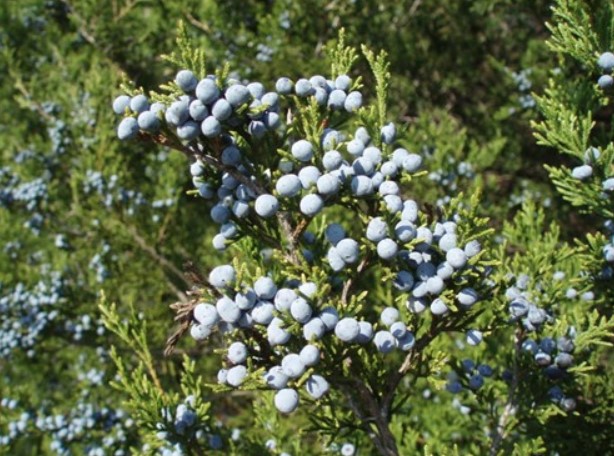Drought Tolerant Trees


Published August 26, 2011, By STEVE HOUSER
What this summer reminded me about trees...
As an adaptive coping technique, Cottonwood trees drop leaves during periods of drought and extreme heat.
When Cottonwood trees have more leaves under the canopies than in the canopies, the common thought is that these trees are not well adapted to our Texas extremes. But the contrary is true. Cottonwoods have immense root systems to support their masts of leaves. Their roots target every pore space within the tree's reach, pulling water from the soil. When the roots can pull no more, a signal is telegraphed to the leaves to jump overboard in order to save the ship. The leaves yellow and drop. Cottonwoods place themselves in an induced dormancy in an attempt to live another year. When the rains come and these massive trees pop out a new set of leaves, I realize how well this native tree has adapted to the elements. That’s when I remembered - I already knew that.

Native Eastern Red Cedars provide food and shelter for birds during periods of extreme heat and drought.
When I see an urban landscape that gets no supplemental water, but contains an old Eastern Red Cedar covered with purple berries and forest-green boughs, I think to myself, “How can this be?” No rain for three months and week after week of 100-degree-plus days, and this tree appears unscathed. While other trees stress, this Eastern Red Cedar will spend the day providing food and shelter for the neighborhood’s birds. While other trees struggle until the rains come and the temperatures drop, this native evergreen doesn’t skip a beat. That’s when I remembered - I already knew that.
As an arborist and a tree climber, I rarely pass up an opportunity to place a rope in a large Bur Oak. Lucky for me, the occasion presents itself frequently. When recently climbing an unusually large Bur Oak, I noticed the cooling effect as I made my way up. In addition to being in the shade, I was the beneficiary of nature’s own air conditioner. The leaves muffled the city noise, and I was eye to eye with the birds. I thought about all the extremes this native Oak had endured for a few hundred years and wondered if, from the perspective of the Bur Oak, our extremes were not extreme at all. Once I reached the top and found my perch to survey all the treetops as far as I could see, I thought to myself, “I love trees.” That’s when I remembered - I already knew that.

